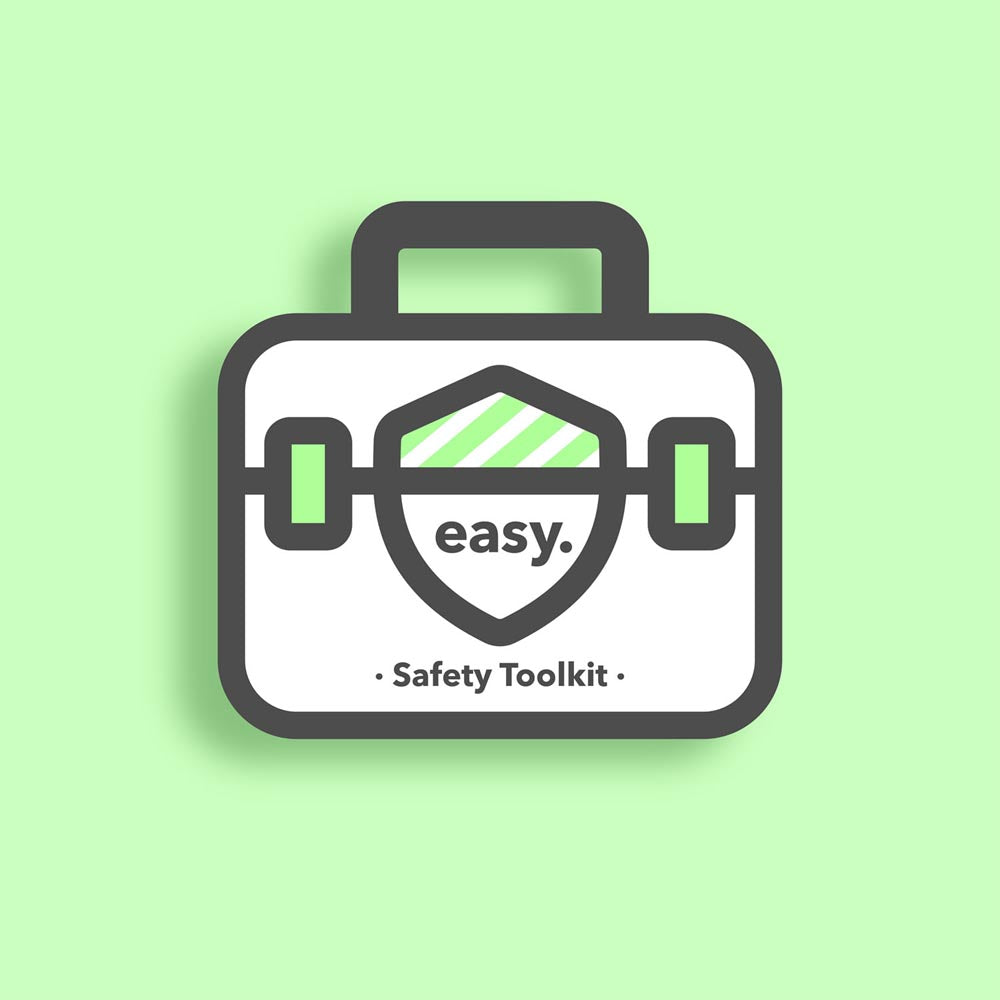
10 Health and Safety Basics for Business Compliance
Health and Safety laws apply to all businesses.
As an employer, or a self-employed person, you’re responsible for health and safety. The laws are there to protect you, your employees and the public from workplace dangers.
Managing health and safety doesn’t have to be complicated, costly or time-consuming.
For many businesses, all you need is to complete a series of practical tasks that will safeguard people from harm and protect the future success, and growth, of your business. The approach you take should be proportionate to the size of your business and the nature of your business activity. For most small, low-risk businesses, the steps you should take are straightforward.
So, what are the steps?
1. Appoint a competent person.
It’s likely that you or another employee can carry out health and safety duties as you are familiar with the workplace and the risks associated with it. Someone with knowledge, skills, and experience of the business is ideal. If you’re a large or high-risk business, you may need to seek extra help from a health and safety consultant.
2. Prepare a health and safety policy.
You need to let your employees and others know about your commitment to health and safety. Every business must have a policy for managing health and safety. If you have fewer than 5 employees your health and safety policy doesn't have to be in writing - although it is helpful, and good practice to do so.
3. Complete risk assessments.
As an employer you are required to protect employees, and others, from harm. You must identify any hazards associated with the workplace, decide how likely it is that some-one could be harmed and how seriously, and take action to eliminate or control the risk.
If you are responsible for a building, for example an employer, owner or occupier of premises that isn’t a single private dwelling (a private home), you also need to make sure a fire risk assessment is completed. This will identify fire risks and hazards in your premises and help you take appropriate action. In support of the fire risk assessment, you must also carry out several mandatory actions, such as an annual fire drill, weekly fire alarm tests and more. These can all be done using a fire safety log book.
4. Consult your workers.
Keep an open dialogue between management and staff about health and safety matters. Discuss the hazards associated with different roles and how the risks are being - or aren't being - controlled. It is imperative to allow employees to raise concerns and put ideas forward.
5. Provide information and training.
Everyone who works for you needs to know how to work safely. Give workers clear instructions and information, as well as adequate training to keep them safe.
6. Have the right welfare.
You must have welfare facilities (toilets, drinking water and somewhere to rest), a clean workplace (with reasonable temperature, ventilation, lighting and seating), and a safe workplace (well maintained equipment, clear traffic and public routes).
7. Provide first aid.
Make sure employees can get immediate help if injured or taken ill at work. You must have a suitably stocked first aid kit, an appointed person to take responsibility of the first aid arrangements and provide information to all employees about these arrangements.
8. Report accidents and illnesses.
Certain workplace injuries, near misses and work related diseases are reportable to The Health and Safety Executive. it is good practice to keep an accident report book and record details of the incident, these can be helpful when you are dealing with your insurance company.
Following these 10 basic steps will set you up to manage health and safety for your business. For more information and to find out which documents could help you more effectively manage health and safety visit easyhealthandsafety.com.
9. Display the HSE law poster, or distribute the leaflet.
The HSE law poster and leaflet both explain British health and safety laws and list what workers and employers should each do. You can provide each worker with the health & safety law leaflet or display the poster in a suitable location where workers can read it.
The health and safety law leaflet is included FREE as part of our Health and Safety Template Bundles.
10. Get insurance.
If you have employees, you will probably need employers’ liability insurance. If an employee is injured or becomes ill as a result of the work they do, they can claim compensation. This insurance will help pay it. TIP: Only a few businesses are not required to have employers’ liability insurance. If you have no employees or are a family business, you may not need it.

